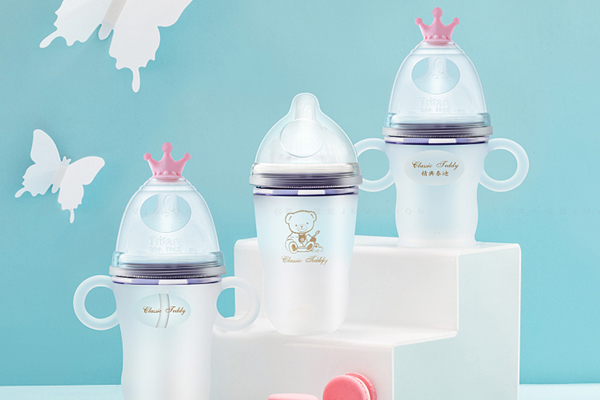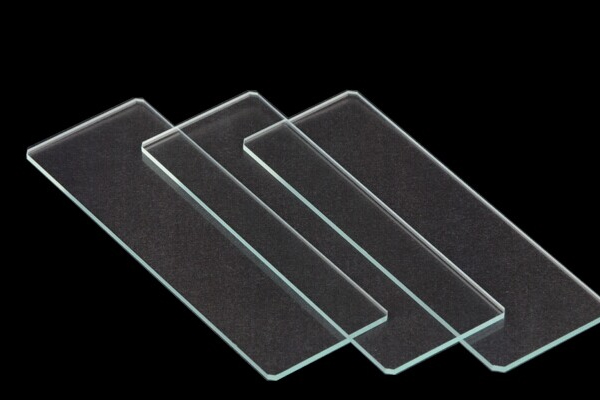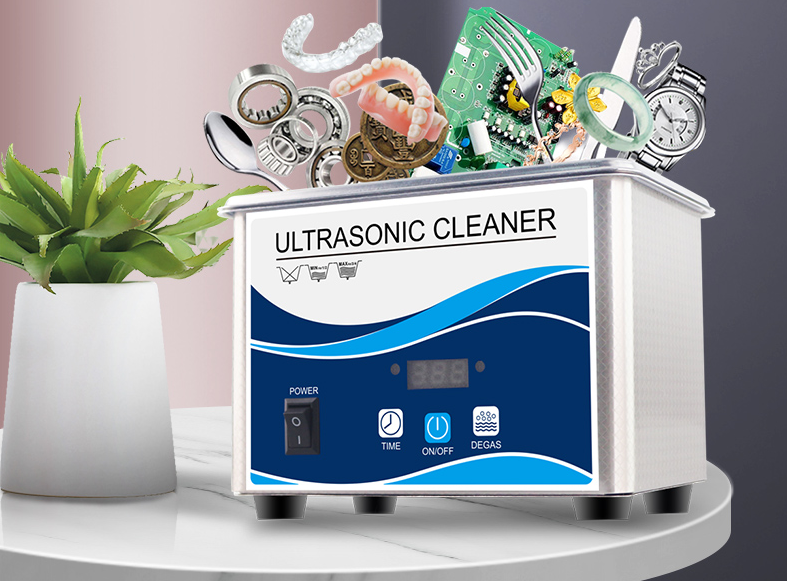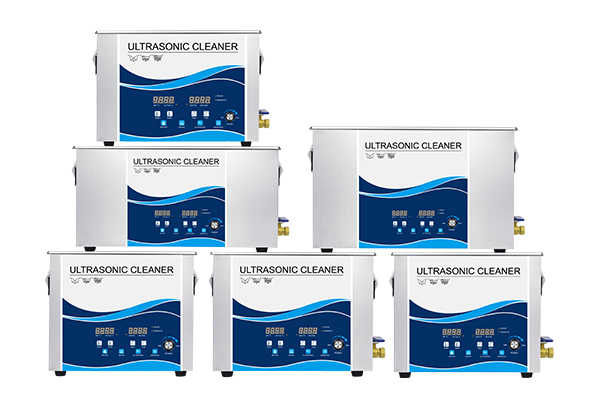Painted models are delicate and intricate, and maintaining their appearance can be a challenge. Regular cleaning is essential to prevent dust, dirt, and other contaminants from accumulating on the surface, which can lead to discoloration, degradation, and other damage. Ultrasonic cleaning is a powerful and effective technique for cleaning painted models, and it can help you to keep your collection in pristine condition. In this guide, we’ll explore the benefits of ultrasonic cleaning for painted models, the best practices for cleaning, and some tips for maximizing the effectiveness of this technique.
Benefits of Ultrasonic Cleaning for Painted Models
Ultrasonic cleaning is a process that uses high-frequency sound waves to agitate a liquid cleaning solution, creating microscopic bubbles that implode and generate powerful cleaning energy. This energy is capable of removing dirt, grime, oil, and other contaminants from the surface of the model, including those that are difficult or impossible to reach with traditional cleaning methods. The benefits of ultrasonic cleaning for painted models include:
- Effective Cleaning: Ultrasonic cleaning can remove dirt, grime, oil, and other contaminants from the surface of the model, including those that are difficult or impossible to remove with traditional cleaning methods.
- Safe for Paint: Ultrasonic cleaning is safe for painted models as it does not use harsh chemicals or abrasive materials that can damage or discolor the paint.
- Time-Saving: Ultrasonic cleaning is a quick and efficient method for cleaning painted models, reducing the time and effort required for manual cleaning.
Best Practices for Ultrasonic Cleaning of Painted Models
To ensure the best results when using ultrasonic cleaning for painted models, it’s essential to follow some best practices:
- Choose the Right Cleaning Solution: Select a cleaning solution that is compatible with the type of paint used on the model. Avoid solutions that contain harsh chemicals, acids, or abrasives.
- Adjust
- Use a Suitable Basket: Use a suitable basket to hold the model during cleaning. Choose a basket that is large enough to accommodate the model without crowding it or touching the sides of the tank.
- Set the Cleaning Time: Set the cleaning time according to the size and condition of the model. Avoid over-cleaning, which can damage the paint and the model.
- Rinse and Dry the Model: After ultrasonic cleaning, rinse the model thoroughly with clean water and dry it with a soft, lint-free cloth. Avoid using heat to dry the model, as this can damage the paint.
Tips for Maximizing the Effectiveness of Ultrasonic Cleaning
Here are some tips for maximizing the effectiveness of ultrasonic cleaning for painted models:
- Pre-Soak the Model: Soak the model in the cleaning solution for a few minutes before starting the ultrasonic cleaning process. This can help to loosen and dissolve dirt and other contaminants.
- Use a Soft Brush: Use a soft brush to gently scrub the surface of the model before and after ultrasonic cleaning. This can help to remove stubborn dirt and grime.
- Monitor the Cleaning Process: Monitor the cleaning process regularly to ensure that the model is not over-cleaning or damaged.
Conclusion
Ultrasonic cleaning is an effective and safe method for cleaning painted models, and it can help you to keep your collection looking its best. By following the best practices and tips outlined in this guide, you can maximize the effectiveness of ultrasonic cleaning and ensure that your painted models are clean, vibrant, and free of contaminants.




